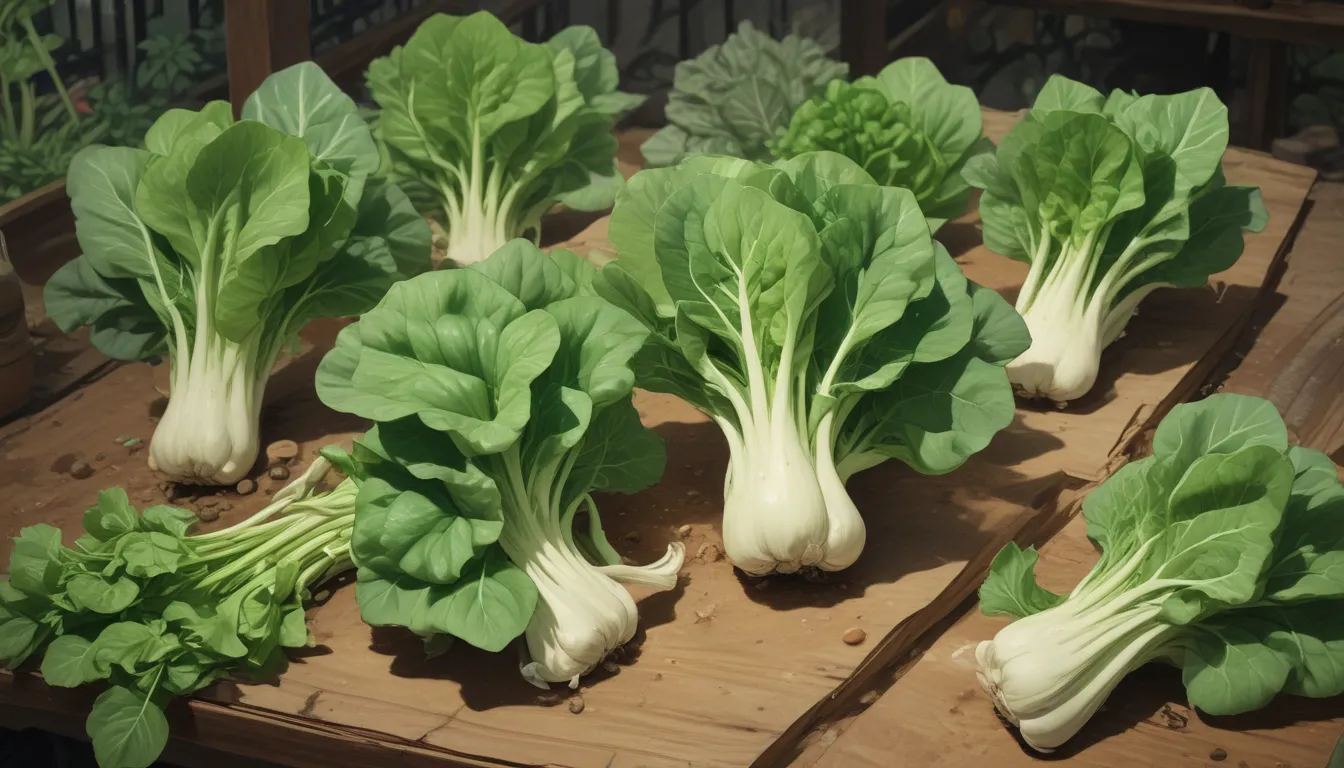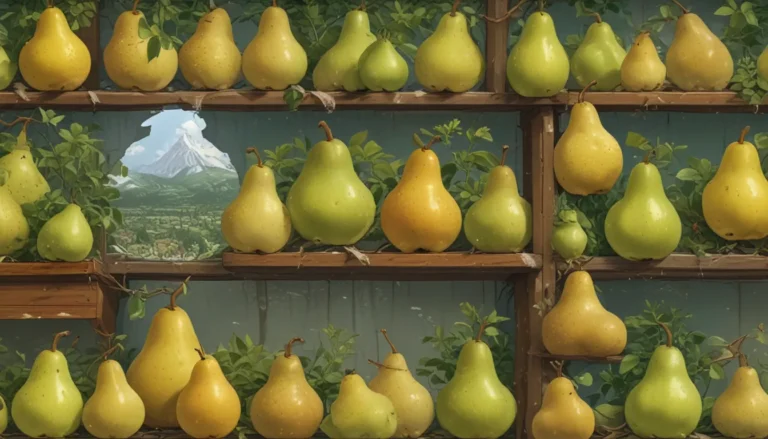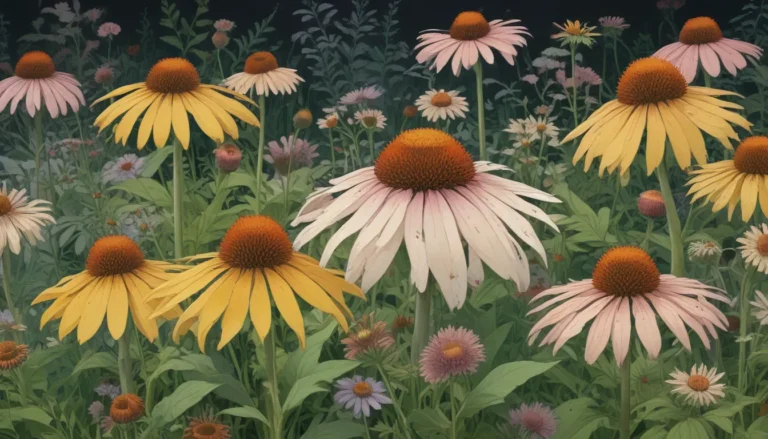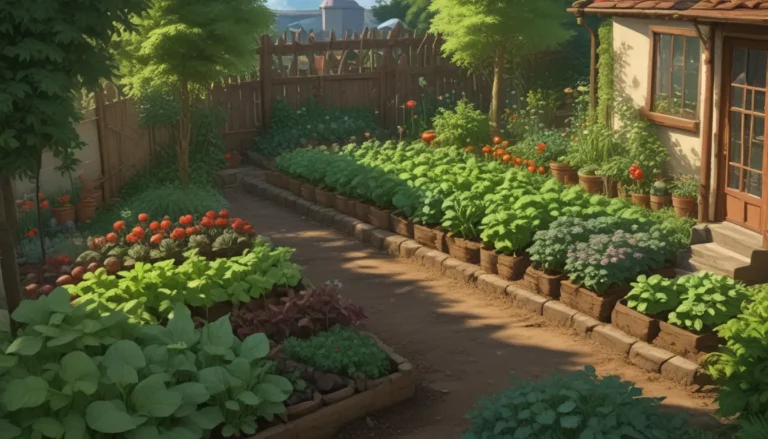How to Plant and Grow Bok Choy: A Comprehensive Guide

Do you love the crispy, mild flavor of bok choy in your stir-fries or salads? Why not try growing this versatile veggie in your own backyard? In this comprehensive guide, we’ll take you through every step of the process – from cultivation to harvesting, preserving, cooking, and more!
Let’s Start with What Is Bok Choy?
What Is Bok Choy?
Bok choy, also known as pak choi, is a member of the Brassicaceae family. It’s a quick-growing leafy green that’s widely used in Asian cuisine, characterized by its crisp stalks and tender leaves with a hint of peppery spice. This vegetable is packed with vitamins A, C, K, and folate, as well as important minerals like calcium, iron, and potassium.
Cultivation and History of Bok Choy
Cultivation and History
Originally from the Yangtze River Delta in China, bok choy has been cultivated for centuries for both culinary and medicinal purposes. It was brought to Europe in the 18th century and to America in the late 1800s, where it’s now grown worldwide. This biennial plant is typically grown as an annual in cool weather conditions.
Bok Choy Plant Propagation
You can easily propagate bok choy from seeds or transplants. Start seeds indoors four to five weeks before the last frost date, or sow them directly in the garden after the last frost. Keep the soil moist and well-drained, and thin the seedlings to promote healthy growth.
How to Grow Bok Choy
When planting bok choy, choose a sunny spot with fertile, well-draining soil. Water frequently to keep the soil moist but not waterlogged, and mulch around the plants to prevent weeds. Consider companion planting with beets, beans, or carrots to enhance growth and ward off pests.
Growing Tips for Success
- Regular weeding and mulching reduces competition for soil nutrients and conserves moisture.
- Keep the soil consistently moist to prevent bolting.
- Succession plant small batches every two weeks for a continuous harvest.
- Try regrowing from kitchen scraps for a fun project.
Bok Choy Cultivars to Select
Joi Choi
This hybrid variety is known for its vigorous growth and dark green leaves. It typically yields 10-14 erect stalks and matures in 55 days.
Tatsoi Rosette
With dark green teardrop-shaped leaves, this heirloom variety prefers cooler temperatures and matures in 50 days.
White Stem
Hardy and frost-tolerant, this heirloom variety has a mild, peppery flavor and matures in about 70 days.
Managing Pests and Disease
Insects
Common pests like aphids, cabbage loopers, and flea beetles can damage bok choy. Use floating row covers or natural predators to control infestations, and consider organic sprays like neem oil to deter pests.
Disease
Diseases like black rot, damping off, and downy mildew can affect bok choy. Practice good garden hygiene, proper watering, and adequate spacing to prevent the spread of disease.
Harvesting and Preserving Bok Choy
Harvest mature bok choy five to eight weeks after germination, or baby greens at four to five weeks. Use the “cut and come again” method to ensure continuous growth, and save seeds by allowing plants to bolt. Properly store harvested bok choy in a cool location or preserve it through freezing, canning, or pickling.
Cooking Ideas for Bok Choy
Experiment with bok choy in fresh salads, stir-fries, kimchi, or roasted vegetable dishes. This low-calorie vegetable is a rich source of nutrients like vitamins A, C, K, and various minerals.
In Conclusion
With the information in this guide, you’re now equipped to grow, harvest, preserve, and cook bok choy in your own garden. Whether you’re a beginner or experienced gardener, bok choy is a versatile and nutritious addition to your vegetable patch. Share your gardening adventures and favorite bok choy recipes in the comments below!
For more on brassica and cole crops, check out these articles:
- How to Grow Broccoli, a Cool Weather Crop
- How to Grow Savoy Cabbage
- How to Plant and Grow Turnips
Let’s get growing and enjoy the bounty of fresh bok choy from your garden!
Disclaimer: This article may contain affiliate links. When you purchase through these links, we may earn a commission at no extra cost to you. Thank you for supporting our work.





